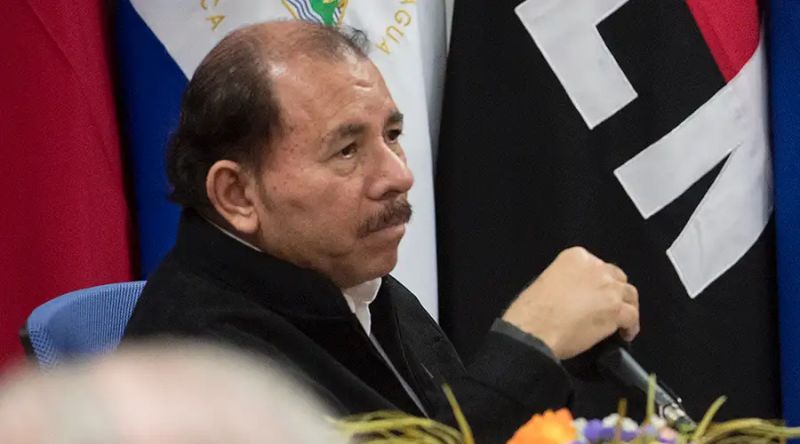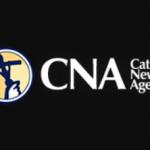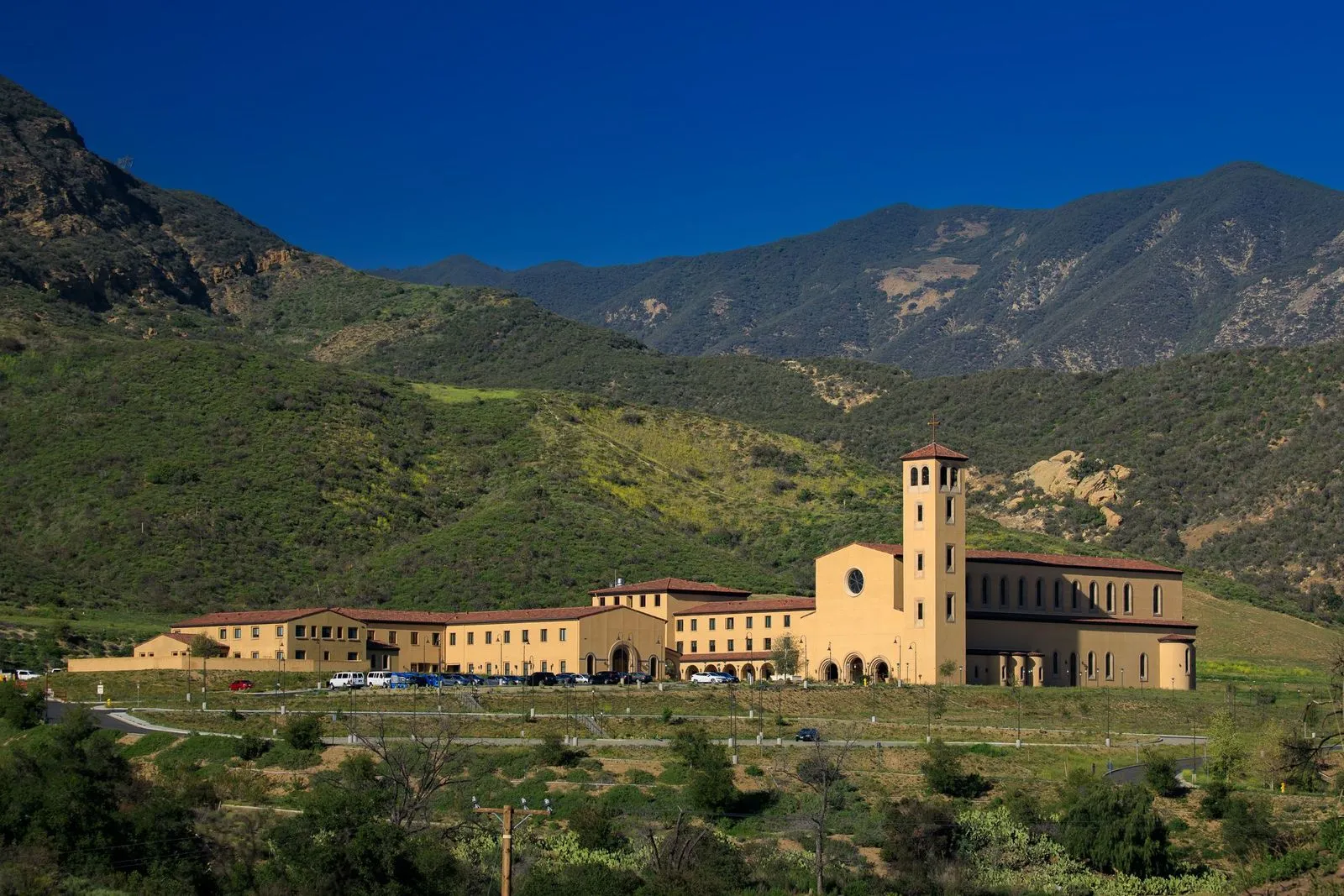
ACI Prensa Staff, Mar 9, 2023 / 11:01 am (CNA).
In a new blow to the Church in Nicaragua, the dictatorship of Daniel Ortega has ordered the legal status of several institutions to be revoked, including that of John Paul II Catholic University.
On March 7, the Ministry of the Interior published in the regime’s official newspaper, La Gaceta, the text of Ministerial Agreement 28-2023-OSFL, which cancels the legal status of the John Paul II University Association and the Autonomous Christian University Association of Nicaragua (UCAN).
The ministerial agreement text said the reason for the decision was “noncompliance” with the obligations of the universities “according to the laws that regulate them.”
The agreement states that the directors of both institutions must “deliver in an expeditious and orderly manner to the National University Council (CNU) the information on students, teachers, careers, curriculum, enrollment databases, and qualifications (Academic Registry).”
The agreement explains that the CNU will proceed to “relocate the students who were enrolled in the two universities” to “the CNU universities.”
Regarding the disposal of the universities’ movable and fixed property, the ministerial agreement establishes that the Office of the Attorney General of the Republic will implement “their transfer on behalf of the State of Nicaragua.”
The cancellation affects the students and campuses of the John Paul II Catholic University in Managua, Juigalpa Chontales, Matagalpa, and Granada, as well as UCAN and its locations in León, Chinandega, Estelí, Juigalpa Chontales, Masaya, and Matagalpa.
“The cancellation of John Paul II University goes beyond harming the Nicaraguan Catholic Church and students,” lamented lawyer and researcher Martha Patricia Molina on Twitter.
Molina pointed out that the measure “seriously harms the families of the communities surrounding the university, who took their children to classes and to get fed #SosNicaragua.”
The text also announced the cancellation of the legal status of the Mariana Foundation for the Fight against Cancer and the cancellation by voluntary dissolution of the Jinotega Diocesan Caritas Association.
John Paul II University issued a statement on March 8 about the government’s action.
“On behalf of our authorities we announce that, with great surprise and deep sadness, we received the news of the cancellation of our legal status,” the university said in a statement.
“Our university is attentive to the guidelines for the transition to the corresponding government authorities and to initiate the processes in accordance with what they established,” the text adds.
“We will be in constant communication with our educational community, reporting the procedures to follow in the orderly transfer of our (university) to the authorities,” the statement said.
The university concluded its statement with a note of encouragement, saying that “the Lord is the master of our history, and that in the most adverse moments He has supported us and will continue to do so.”
This story was first published by ACI Prensa, CNA’s Spanish-language news partner. It has been translated and adapted by CNA.
If you value the news and views Catholic World Report provides, please consider donating to support our efforts. Your contribution will help us continue to make CWR available to all readers worldwide for free, without a subscription. Thank you for your generosity!
Click here for more information on donating to CWR. Click here to sign up for our newsletter.






Leave a Reply